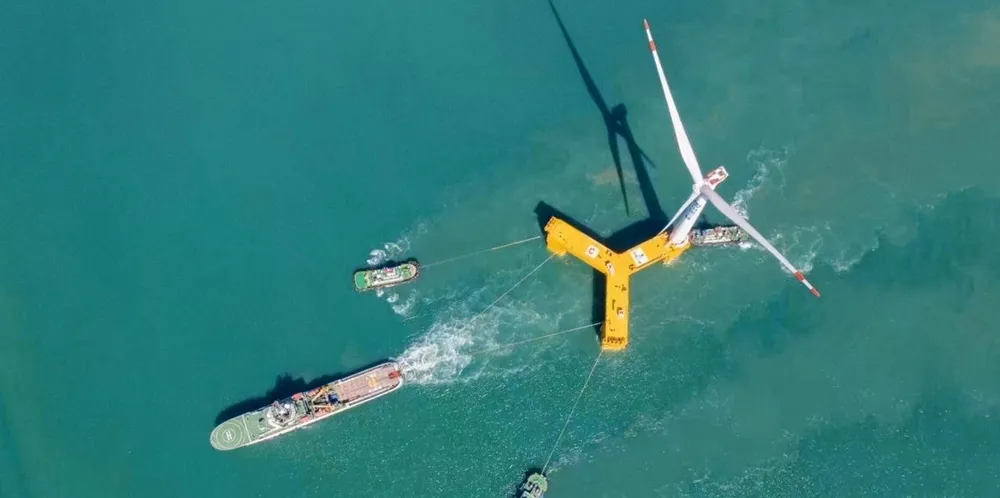Chinese giants of oil and power eye floating wind under CNOOC-Three Gorges pact
Groups to build on synergies in bid to build market share in fast-growing sector

Chinese oil & gas group CNOOC plans to deepen its presence in the offshore wind sector after forging a pact with power development giant China Three Gorges (CTG) that could see the two work together on floating projects.
In a strategic cooperation agreement signed over the weekend, the two companies aim to build on synergies in the renewable energy business as well as project financing.
The pair committed to further cooperation in offshore wind with a focus on building market share, alongside growing their businesses related to gas-fired power generation.
A CNOOC source said that one area of cooperation could be floating wind operations in China, taking advantage of its offshore engineering skills.
CTG installed China’s first 10MW turbine last year and by the end of 2020 it owned and operated more than 15GW of renewables power capacity, including 7.5GW of onshore wind, 1.3GW of offshore wind, 6.5GW of solar and 220MW of hydropower.
CNOOC has already rolled out a master plan to expand its clean energy portfolio, with a focus on offshore wind.
With government approval, it is carrying out initial work to build a 1GW wind project offshore Shantou city in southern China’s Guangdong province.
Chief executive Xu Keqiang has said CNOOC Ltd would push forward with offshore wind projects "in a steady and cautious manner", adding that it will increase investment in such schemes if they show potential to generate worthwhile returns.
Last September, the company started operations at its first offshore wind power project in Jiangsu province.
The H2 development has a total power generation capacity of 300MW, with 50 4MW units and 17 6MW units.
The company has earmarked more than 5% of its annual budget for clean energy projects, equating to between 4.5 billion yuan ($700m) and 5 billion yuan from this year's capital expenditure budget of between 90bn and 100bn yuan.
- This article first appeared in Upstream.